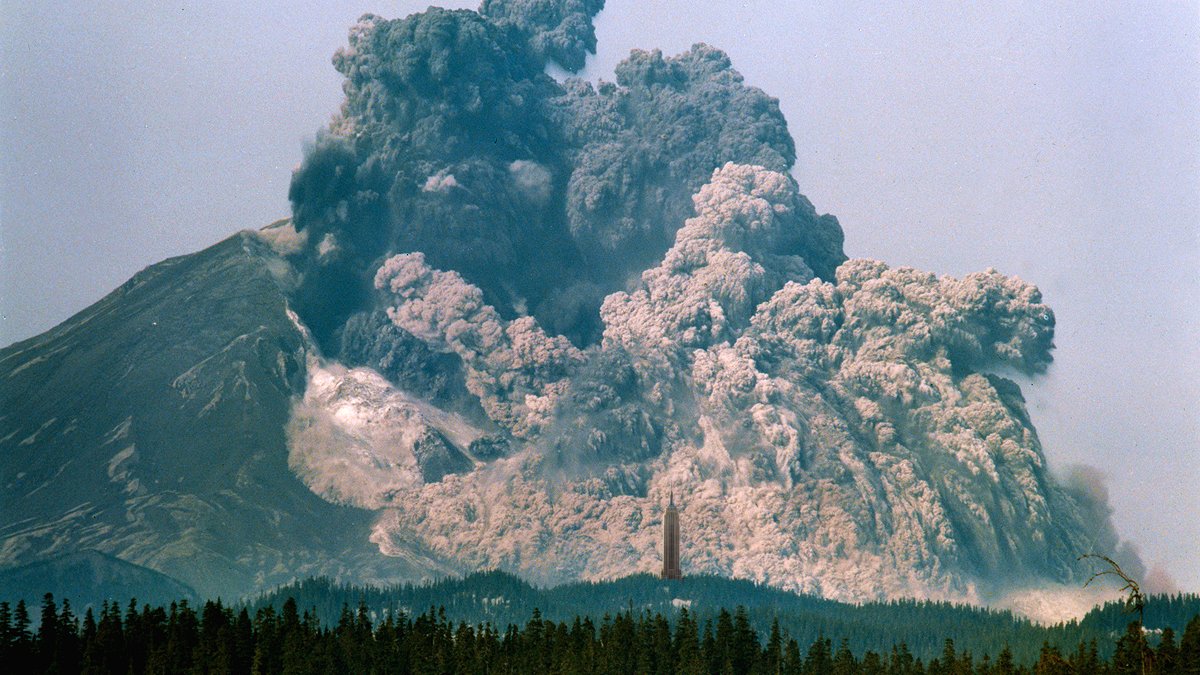
Here's live coverage of the UAW @HopeMarsMission in English—the spacecraft is going to make its orbital insertion burn *in one minute*!! (1030 hrs Eastern)
#ArabsToMars
#ArabsToMars
We should know whether the burn started successfully at around 1041 hrs Eastern
The start of the @HopeMarsMission burn is confirmed—the spacecraft will now attempt to slow itself from ~120,000 kmh to ~18,000 kmh
#ArabsToMars
#ArabsToMars
So far, data from the spacecraft indicate that the burn is going as planned, and the spacecraft is healthy.
The burn will last for ~27 minutes
#ArabsToMars
The burn will last for ~27 minutes
#ArabsToMars
The @HopeMarsMission MOI burn should have ended by now.
We'll know how it went by around 1108 hrs Eastern.
We'll know how it went by around 1108 hrs Eastern.
THE UAE @HopeMarsMission IS NOW IN ORBIT OF MARS!!
This is an *incredible* achievement—about half of all missions launched to Mars have historically failed, and the UAE is now only the fifth nation/entity to successfully get a spacecraft into orbit around Mars!
#ArabsToMars
This is an *incredible* achievement—about half of all missions launched to Mars have historically failed, and the UAE is now only the fifth nation/entity to successfully get a spacecraft into orbit around Mars!
#ArabsToMars

• • •
Missing some Tweet in this thread? You can try to
force a refresh












